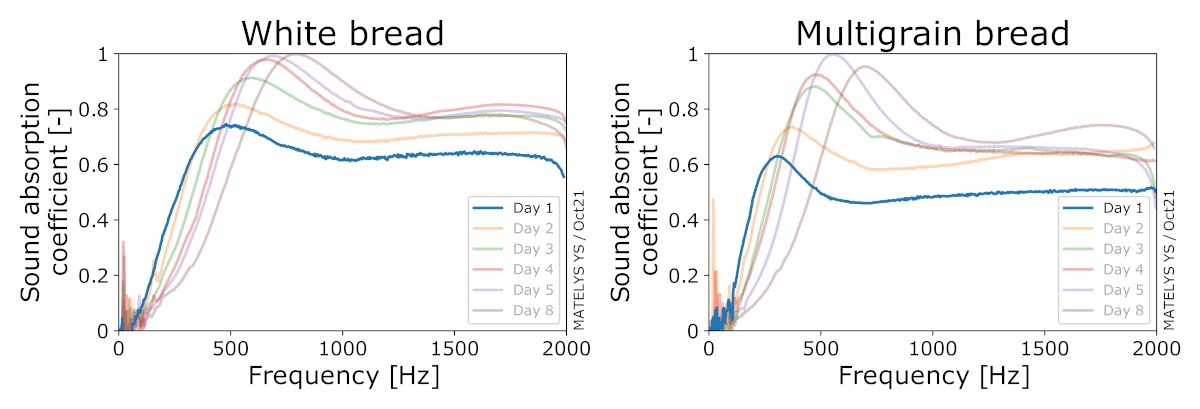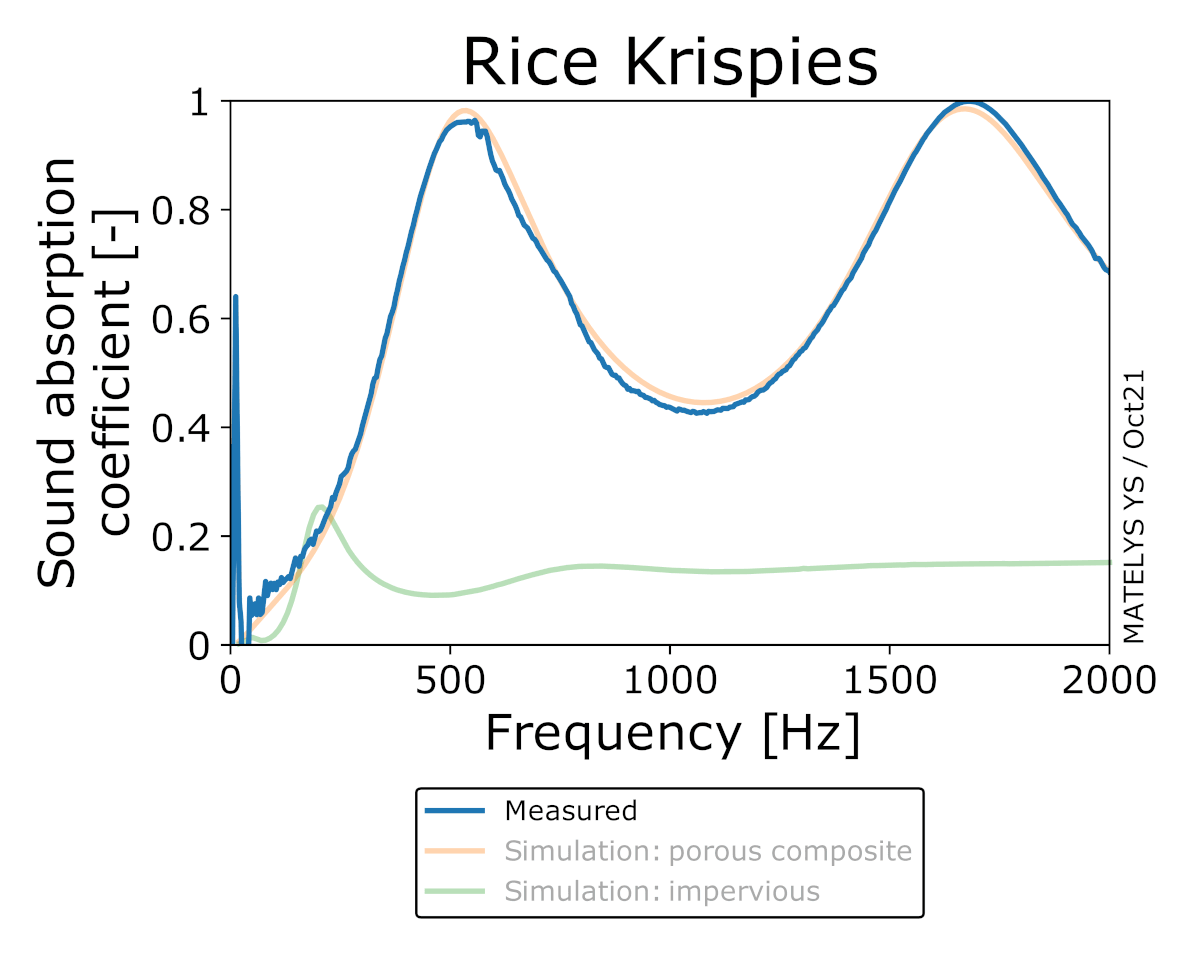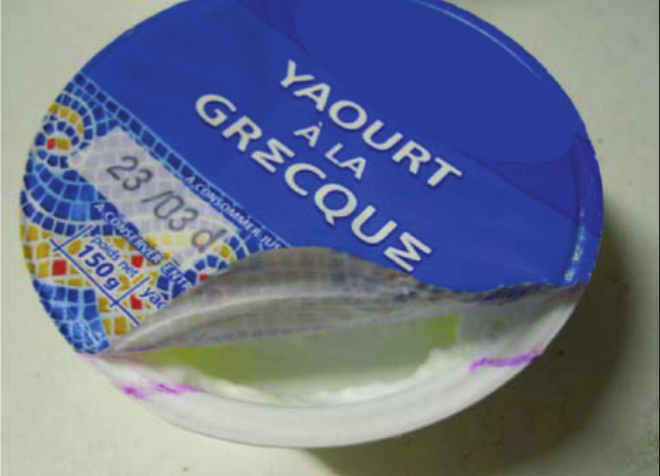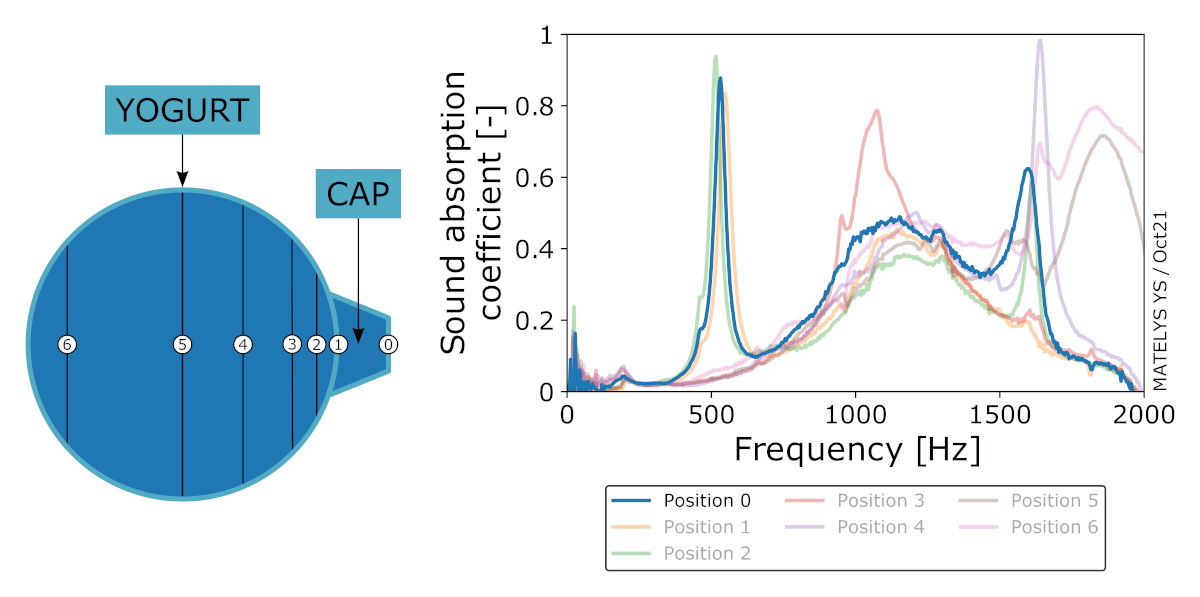Digital Debunking: Could Simulation Help Food Manufacturers Achieve the Perfect Cereal Crunch?
Some of the most popular cereals in the U.S., like Corn Puffs, Rice Krispies, and Fruity Pebbles, all have a unique feature – that distinct crackling noise that emerges when milk is poured on top. Rice Krispies has made it their signature, if the name didn’t already give it away, and has marketed the cereal to kids (and adults) using their famous “Snap, Crackle, Pop” slogan since 1932.
Getting cereal to pop all starts in the cooking process. As the pieces of rice cereal expand, they create pockets and tunnels of air as they’re heated. When milk is added, the cereal absorbs the liquid and the pressure created from that interaction breaks each of the pieces’ walls – creating that famous snap.
Aside from the novelty of enjoying food that makes a fun sound, we wanted to find out if we could apply software to simulate and monitor these cereals’ seemingly random pockets and tunnels of air. Using AlphaCell’s vibro-acoustic technology by Matelys Research Lab, our team sought to discover not only if this technology could simulate the cereal itself, but if the application could also be used by manufacturing and design teams to validate the quality and/or durability of other food products and packaging.
Studying aging and quality of food products with vibro-acoustics
Before jumping into the cereal experiment, engineers at Matelys wanted to confirm if the acoustic response of certain foods could be recorded, and whether those recordings could yield meaningful results.
Using bread as an example, they conducted a study with the AlphaCell software package to look at the sound absorption coefficient of two different types of bread over the course of eight days. Since some food products are permeable, soft, and homogenous, it was safe to consider those foods as porous materials.
The sound absorption coefficient describes how much sound energy is absorbed by a given material at a given frequency. The higher a given material’s sound absorption coefficient, the better it’ll quiet the environment around it. A sound absorption coefficient of 1 means the material absorbs 100% of the acoustic energy at that frequency.
The results showed that the bread had aged because its sound absorption coefficient at different frequencies changed over the course of several days. In other words, even if we don’t know the age of a piece of bread, we can find out by looking at the bread’s sound signature.

Sound absorption coefficient vs frequency of white bread (left) and multigrain bread (right) at various stages of aging.
When we usually think of sound absorption coefficients, we think of the materials that line the walls of theatres or recording studios; materials that improve or amplify the sound of music or voices in the space. But every material, including bread, can absorb at least some sound energy. We can see that the peaks in the curves with respect to frequency, as well as the overall magnitude of the curves, tend to increase as the bread ages. This increase doesn’t last forever, though. It can taper off, as can be seen in the two day-8 curves. This is because of the changes that happen in the bread’s microstructure over time.
As the bread ages, it loses its softness and moisture. These changes in the bread’s physical characteristics lead to changes in its acoustic characteristics as well. These changes can be measured and even reverse-engineered. In other words, if we know the bread’s sound absorption, we can estimate its age.
Now knowing that the porosity of certain foods allows for acoustic studies, we returned to our Rice Krispies. The cereal was measured, just like the bread, to see if we could numerically represent its shape and composition as a simulated acoustic porous material. Modeling the porous composite cereal had to account for both the shape of its arrangement and the porosity of its inclusions.

Sound absorption coefficient vs frequency of measured (blue) and simulated (orange) Rice Krispies.
Here, the Rice Krispies were almost perfectly simulated in AlphaCell as a porous composite material. We did this by estimating three intrinsic properties of the cereal: its porosity (the amount of free space inside the cereal), its air flow resistivity (how well the cereal resists air being forced through it), and its tortuosity (how “twisty” the porous inclusions in the cereal are).
We identified and modeled the effects of both the form of the Rice Krispies (the shape, size, and arrangement of the grains) and the internal porosity (the small pockets of air inside the individual grains). We can observe how the air pockets affect the sound absorption coefficient by simulating the cereal as impervious (that is, if we removed the air pockets and instead made them solid grains of rice cereal). This greatly reduces the sound absorption coefficient. Without the internal cavities, the cereal can’t absorb the sound energy. That’s to say we wouldn’t hear that famous crackling sound at breakfast time!
Food manufacturers should consider using simulation to verify the quality of their products early before having to reiterate designs later in the process. For example, Kellogg’s could acoustically measure Rice Krispies (in a fast, non-destructive way), and they could compare those results with simulated values. Any discrepancies between the two data sets would let Kellogg’s know that there’ve been quality changes in the manufacturing process.
Food packaging can also benefit from simulation-driven design, since simulation can reduce costs and quality control labor. We lifted a yogurt cup with an aluminum foil lid to varying degrees to show how manufacturers could use vibro-acoustics to see if packaging is faulty or if it has been tampered with.

The yogurt cup we tested.
Although unconventional, the sound absorption coefficient results showed that designers could indeed use data from studies like these for quality control. Our study showed the sound absorption coefficient of the yogurt cup changed as the lid was pulled further off the cup. Notably, we observed the closing of the lid is associated with a sharp and steep peak at a peculiar frequency. It served as a quick and effective way to identify any imperfectly sealed products at the end of the production line.

Sound absorption coefficient vs frequency of the yogurt cup at various lid positions.
AlphaCell’s technology can be applied to a range of industries; it’s useful not just in the industrial, automotive, and consumer goods sectors, but in the food product sector (and others) as well. Vibro-acoustic testing can speed up time-to-market and can be more affordable than physically testing multiple, individual production variables. Manufacturers dump lots of of time and money into physical prototyping to validate product performance. They must ensure their goods meet customer and industry standards. With simulation technology, manufacturers can detect part and product flaws much earlier in the design process, saving time and money.
AlphaCell’s intuitive user interface makes it easy to complete quick model setups, make fast computations, and validate noise, vibration, and harshness (NVH) evaluations against measured data. Users can understand acoustic performance, select simulations to perform, and optimize models all within a single platform with built-in unique features and full scripting capabilities.
For more information, Altair users can access AlphaCell through the Altair Partner Alliance.


